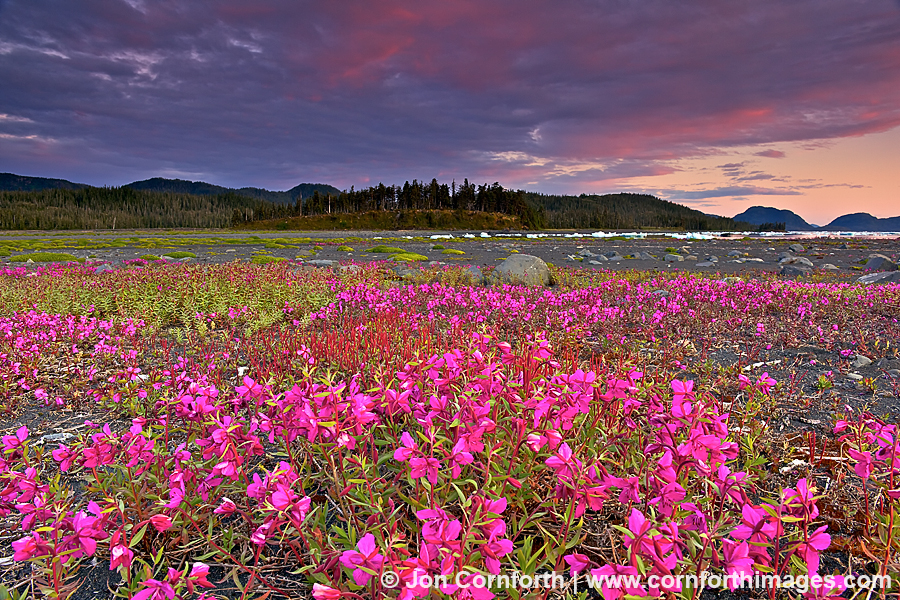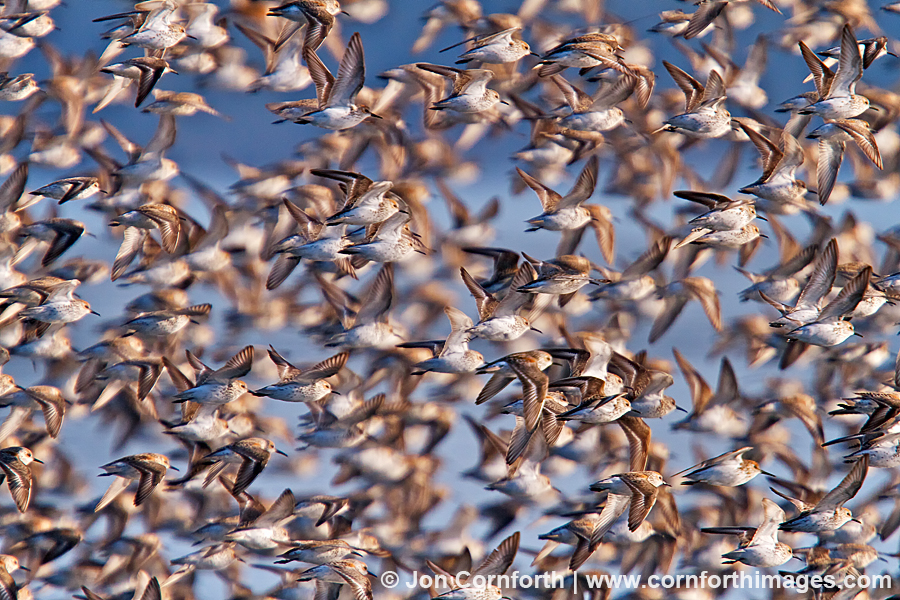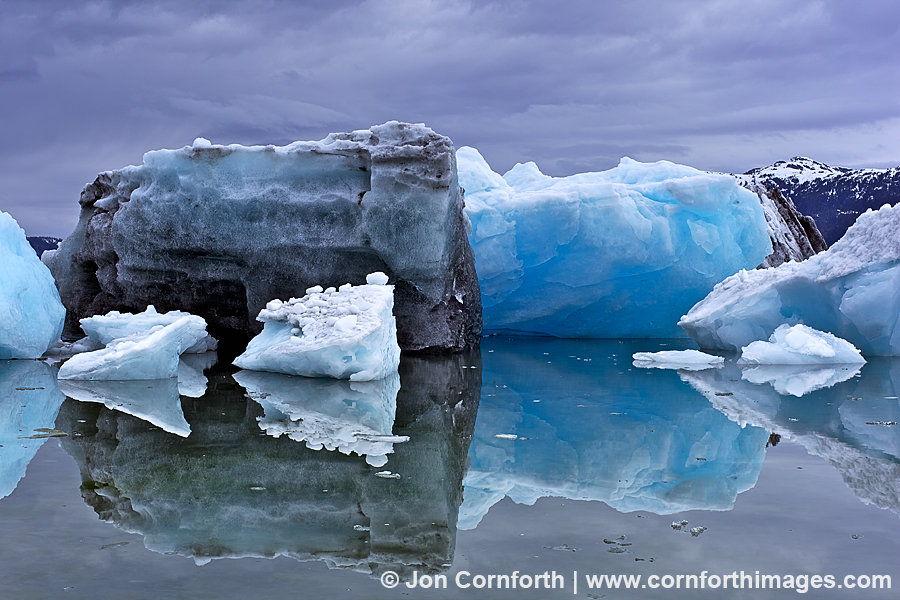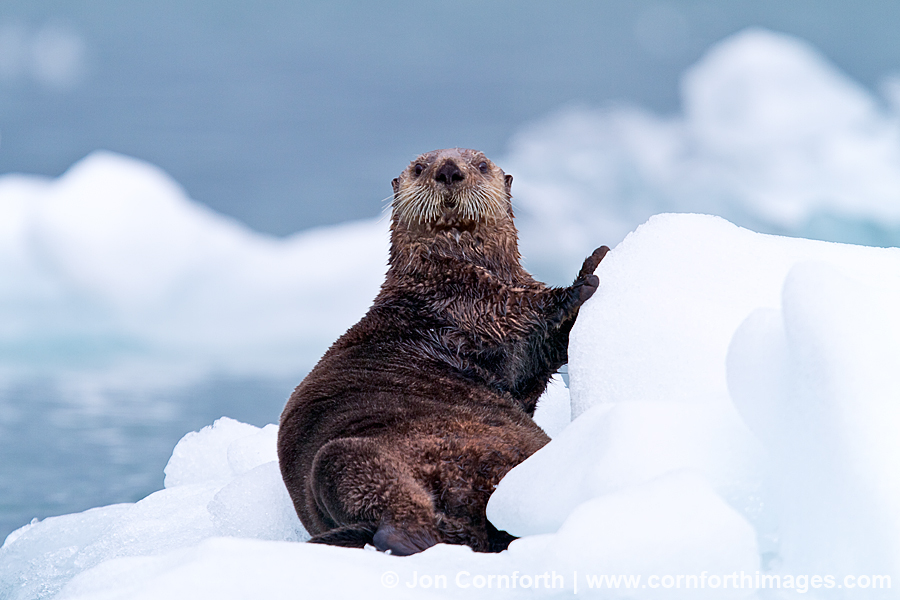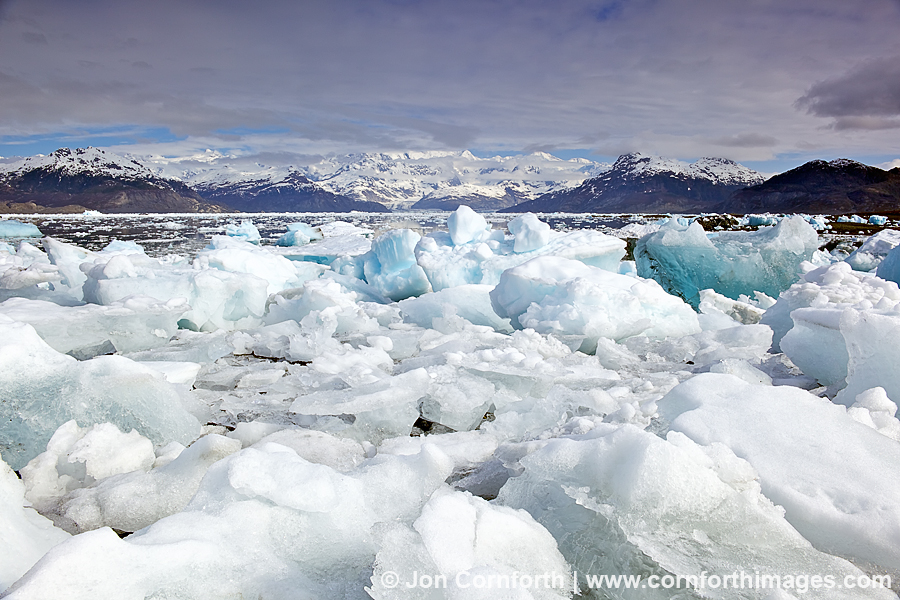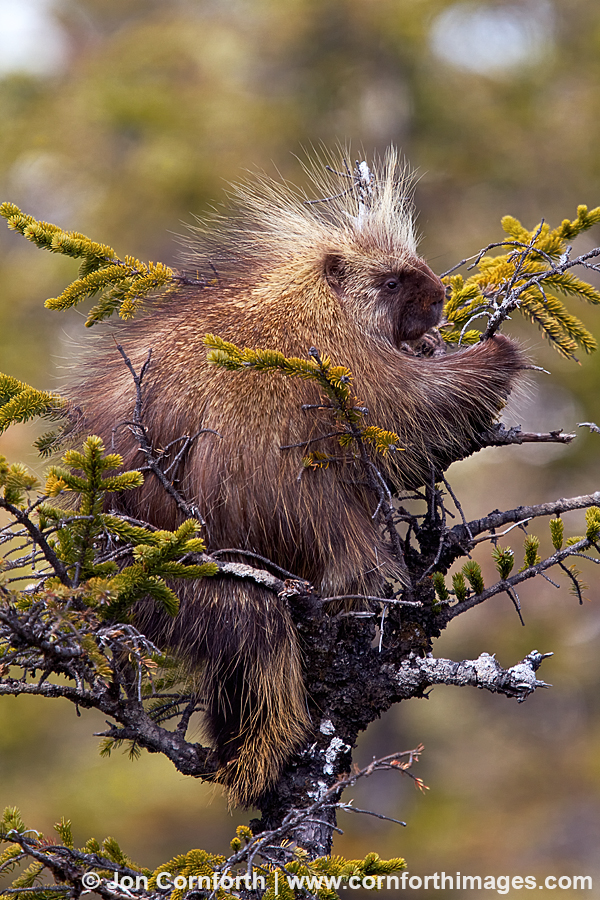
Denali Fireweed Sunset 1
Posted onDuring my recent visit to Denali National Park, I had a professional photography permit for the first time. The permit allowed me the unique opportunity to drive the Wonder Lake Road in my own vehicle and spend as much time taking pictures as I needed. The week started out with terrible weather, but quickly improved and kept getting better every day. I honestly had no ambition to photograph Denali based on how difficult it was to even see the mountain during my previous visits in 2005 and 2006. However, with all the clear weather that I experienced, I took advantage of every moment that the summit was visible. I created this spectacular image on the last day of my permit. After staying up all night for several days and barely sleeping, I had lunch at the Kantishna Roadhouse. After lunch, my intention was to start driving back to Anchorage, but as I was nearing Wonder Lake the mountain was again entirely visible. So much for driving that afternoon. I had scouted several nice patches of fireweed during the week, so I decided to set up my camera for the rest of the day and see what would happen. Not only was it sunny and warm with almost no wind, but the mosquitoes disappeared entirely. This allowed me to comfortably sit at the side of the road while working on my tan with my shirt off. Anyone who has ever been back to Wonder Lake during the summer will appreciate how incredible this sounds. Over the course of 6 hours waiting for the sunset, I listened to some of my favorite music, waived at the occasional bus passing by, and waited for the clouds to part again in order reveal Denali. Everything came together perfectly about 1 hour before sunset. I created this image with my Canon 5DmkII, Carl Zeiss 35mm f2 ZE lens, Singh-Ray LB Warming polarizer, and 3-stop Hard Graduated Neutral Density filter. This image is a single-exposure which required minimal processing using Aperture 3 and Photoshop CS5.


